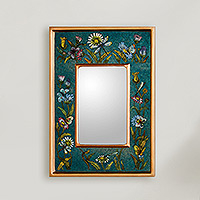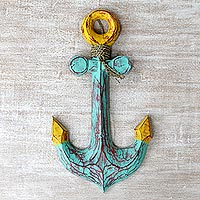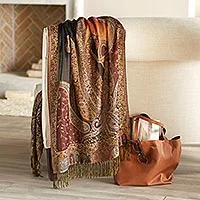Wood Wall Decor
(1,917 items)Explore NOVICA's Wood Wall Decor Collection. Discover mirrors, relief panels, crosses and other designs created by global artisans using centuries-old techniques. Whatever your decorating taste - traditional, contemporary, or eclectic - we offer a unique artistic selection of wood wall decor from around the world.
The Village Council
Your answers straight from the village experts
As with any work of art, direct sunlight will fade colors over time, especially for tapestries with natural dyes. We recommend hanging your tapestry in an area that avoids direct sun exposure to maintain vibrancy. To clean your woven tapestry, use a vacuum with an upholstery attachment or dry clean if necessary. Spot treatment can also be used with a gentle fabric cleaner, but we recommend testing it on a small area first. Alternatively, you may hand wash your tapestry using cold water, then hang it to dry in the shade. Some tapestries made from cotton fabric may be machine washed on cold.
When it comes to handcrafted traditional tapestries, the most common materials include wool, cotton, silk, and natural dyes. Certain regions incorporate unique materials or designs into their tapestries. In the Andes, alpaca fiber is commonly used. In India, one finds batik printed cotton. In Mexico and Central America sheep wool and natural cotton threads are frequently used. In Thailand, rich silk material is a feature of handmade tapestries.
To craft an eco-friendly tapestry, traditional artisans hold themselves to high standards, both in terms of materials and processes. Natural fibers, textiles, and dyes are derived from plants and trees. Some artisans even incorporate recycled or upcycled materials in their commitment to eco-friendly processes. Traditional art forms that are passed down through the generations are often painstakingly made by hand. They are naturally eco-friendly, as they avoid mass production, factory runoff, and industrial waste. This also means that each tapestry is uniquetruly one of a kind.
When it comes to tapestries, function meets style! A handmade tapestry can be a great way to brighten up any living space while providing insulation against the cold. Materials like alpaca and sheep wool create natural warmth by trapping cool air inside the cloth, creating a more stable temperature within the room.
While factory-produced tapestries are increasingly available to consumers, traditional, authentic tapestries are handmade by artisans who often learn the artform from older generations. Skilled makers from the Andes, India, Mexico and Thailand make use of foot-treadle or backstrap looms, where they interweave warp and weft threads and then tamp them down into a tight stitch. An artisan may finish a handmade tapestry by using a needle and thread or a sewing machine for final touches.
Traditional tapestries depict scenes and images which are drawn from the lives and natural environments of the artisans who craft them. Some include geometric designs, like the mandala, which is thought to represent wholeness and symmetry. Others make use of paisley, floral, or leafy patterns, particularly in tapestries from India. Central American tapestries may incorporate geometric motifs, animals, and people, while Mexican tapestries are often colorful with Greca patterns and designs. Thai artisans use symbols that are popular within Thai culture, religious characters, animal scenes, or depictions of human forms. Unique tapestries from the Andes are often vibrant with elaborate scenes that incorporate folklore, village life, and pastoral existence.
The methods for making tapestries vary as widely as the regions from which they come. Because many traditional artisans adopt the methods of their ancestors, they have kept those ancient artforms alive and well. In the Andes, weavers often work on a wooden treadle loom in which they use foot pedals, called treadles, to control the weave of the tapestry. In Central America, the treadle loom and the backstrap loom are both integral to tapestry art. The backstrap loom is one of the oldest techniques which dates back thousands of years, in which one part of the loom is attached to the weaver and the other part is attached to a fixed object (historically, a tree). To create vibrant color, artisans embroider and dye their tapestries with natural plants and pigments. Around the world, weavers use tie-dye, Dabu (the application of wax or gum clay and resin to the cloth to create a diffuse color effect), Batik (an ancient method in which dye-resistant wax is applied to cloth to create select patterns of color), hand embroidery, and patchwork to create unique and diverse tapestry art.
The tapestry is an ancient textile art form that dates back thousands of years to early civilizations in Peru, Egypt, and Thailand. In Peru, skilled weavers used colorful camelid fiber threads to create beautiful tapestries for ritualistic funeral mantles. Ancient Incas wove short tunics (Unku) to show importance and social status. Ancient Egyptians crafted shroud-like tapestries to bury their dead. Tapestries gained international prominence when Europeans began to decorate their castles and churches with elaborate textiles that depicted historical scenes, as well as religious messages. Today, skilled artisans preserve the ancient techniques of their ancestors. In Thailand, for example, silk weavers are renowned for techniques that have been used since the rule of the Angkor kings circa 800 A.D. In Central America, contemporary weavers pay homage to early Mayan artisans who used plants, shells, and even snails to color their first tapestries in the 15th century. In India, where some of the first tapestries were made and the textile industry became the base of their economy, the skills of generations past still live on in modern artisans.
Featured Reviews on Wood Wall Decor
Glass mosaic wall mirror, 'Turquoise Blossom'
By Sandra
Unique and beautiful mirror
I am very pleased with this mirror. It arrived yesterday in perfect condition. I have it hanging in my bedroom and it looks beautiful. It is very unique and Kamal deserves a lot of credit for doing such beautiful work.
Wood relief panel, 'Enlightened Buddha'
By Archie
Ecellent !
I got this as a gift for someone else and they liked it so much it went up on the wall the following day... the hand carving on this is a excellent , a job done too well... it is absolutely one of the best hand carve pieces i think i have seen in a while... thank you so much for displaying this Buddha.. the quality and workmanship is outstanding... Was well packed and it came earlier that expected... thanks again..
Hand carved wood relief panel, 'Antique Lotus'
By Millicent
AWESOME!!
I love it! At first, I wasnt sure if its look will fit our living room. Once hung, it was awesome!! I was really impressed. It brightened up a corner of our living room where Ive always wanted to hang something besides another framed art as we have too many of them. So beautiful and perfect where it is now! Thank you so much! Great job!
Wood Wall Decor
The Spring Catalog
Discover our unique collection of beautiful, handmade objects from around the world, inspired by more than a century of exploration.
SHOP THE CATALOG



 Featured Sale
Featured Sale
 Featured Sale
Featured Sale


 Featured Sale
Featured Sale
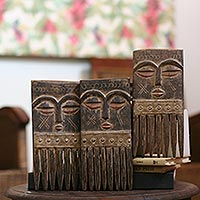


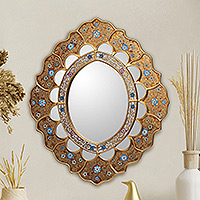


 Featured Sale
Featured Sale

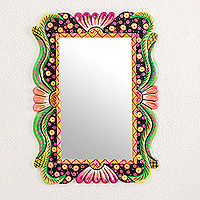


 Featured Sale
Featured Sale







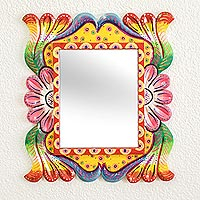


 Bestseller
Bestseller
 Bestseller
Bestseller

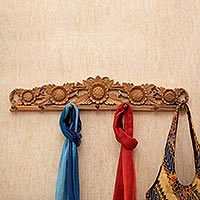 Bestseller
Bestseller

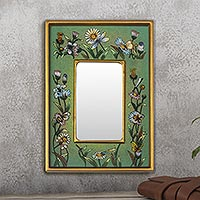 Bestseller
Bestseller


 Featured Sale
Featured Sale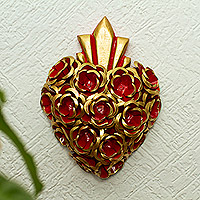
 Featured Sale
Featured Sale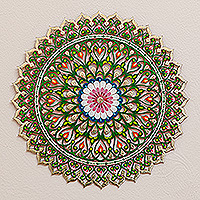 Bestseller
Bestseller



 Bestseller
Bestseller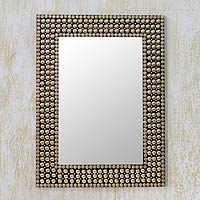 Featured Sale
Featured Sale







 Featured Sale
Featured Sale Featured Sale
Featured Sale



 Featured Sale
Featured Sale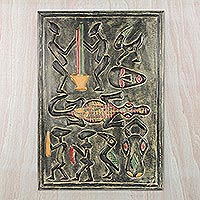
 Featured Sale
Featured Sale